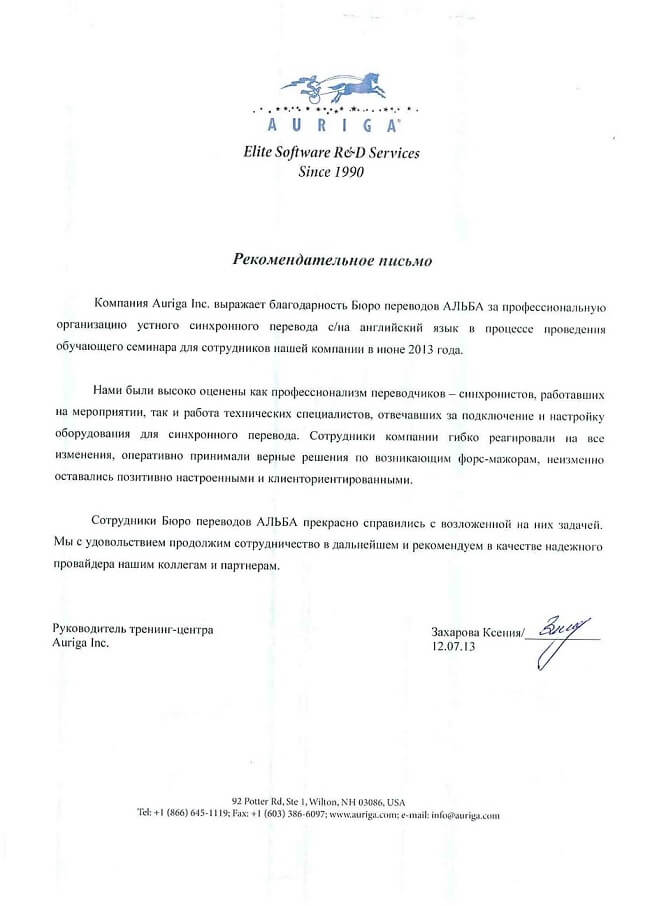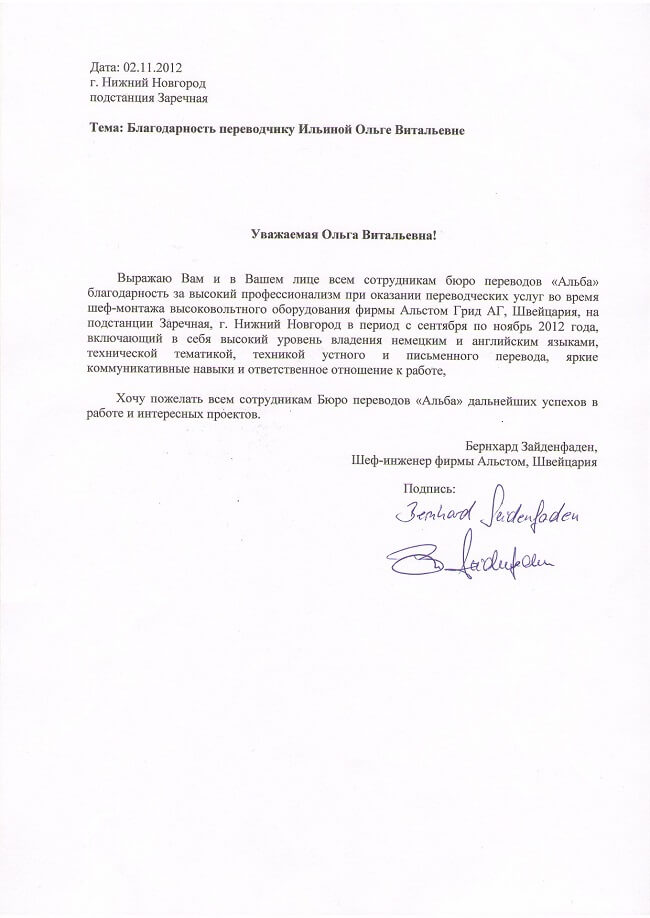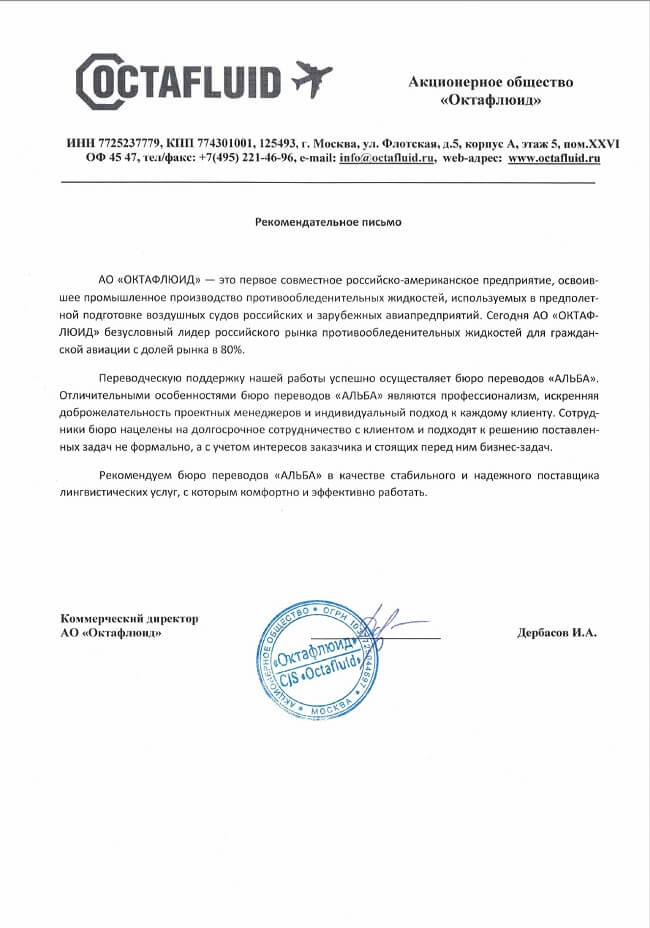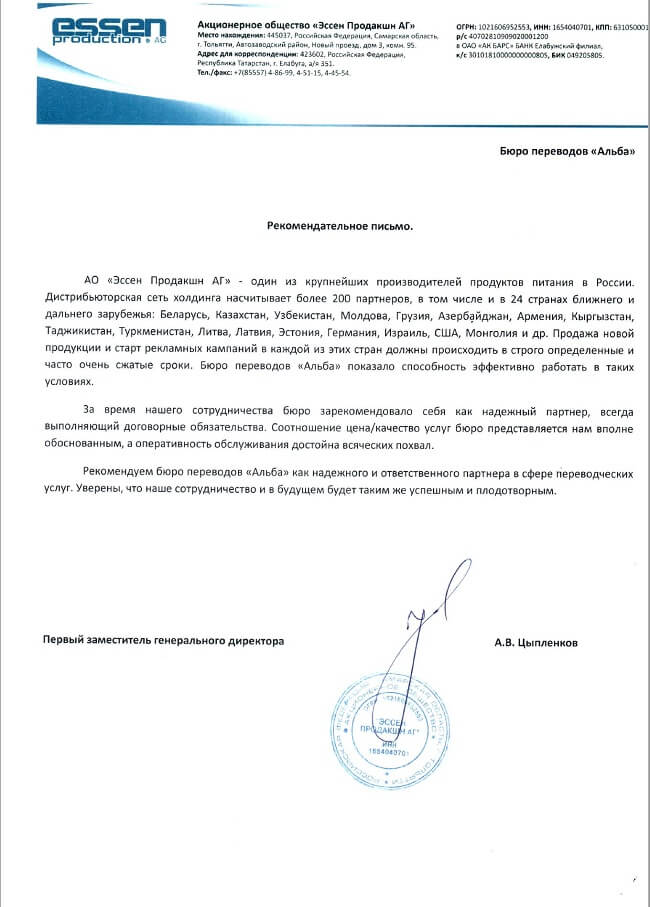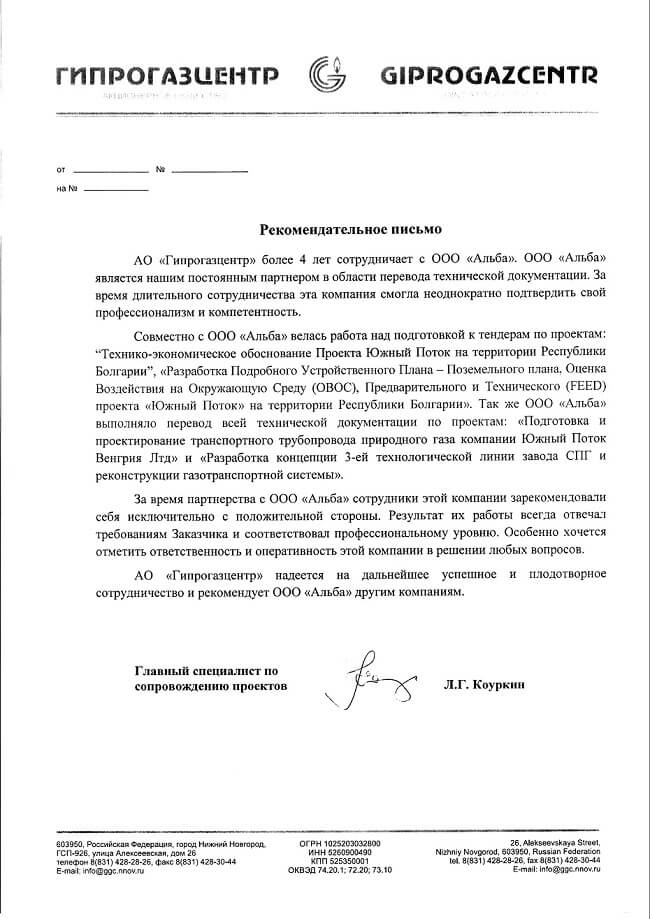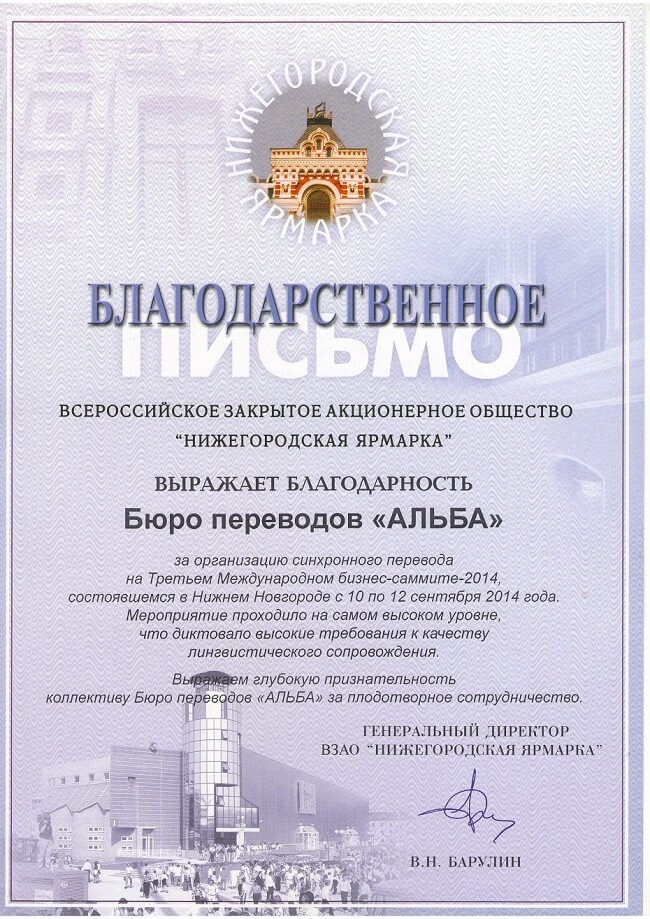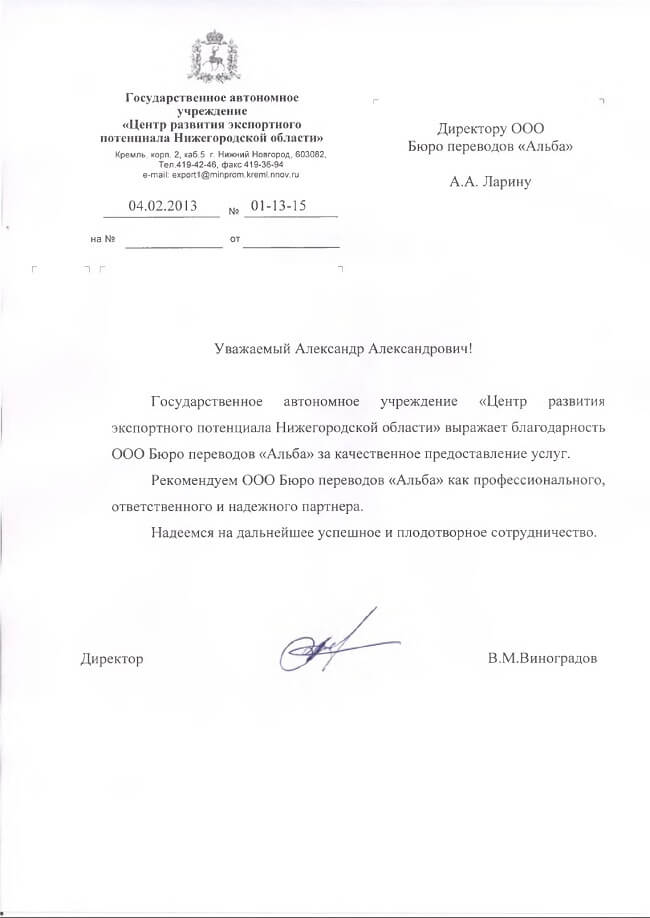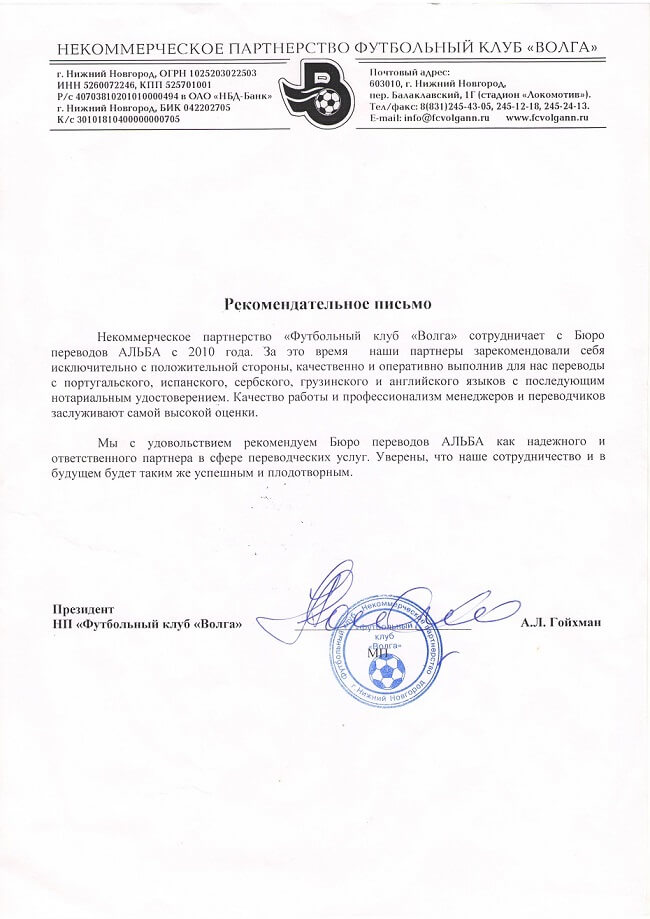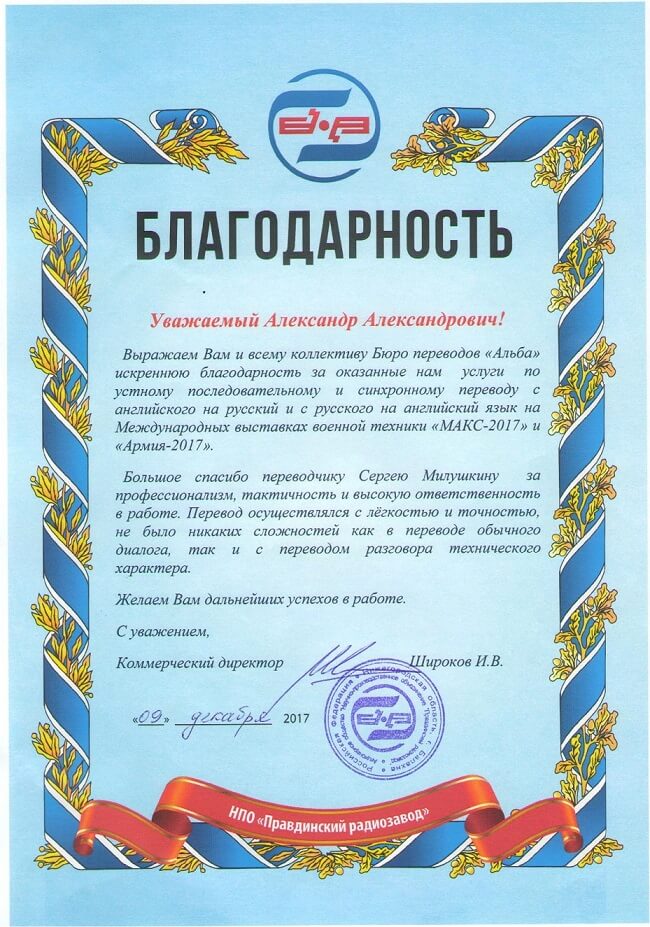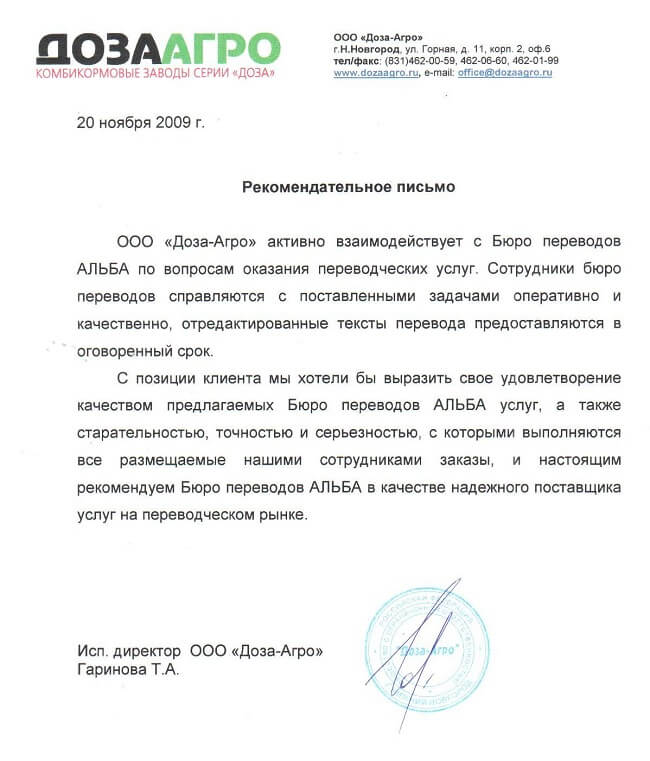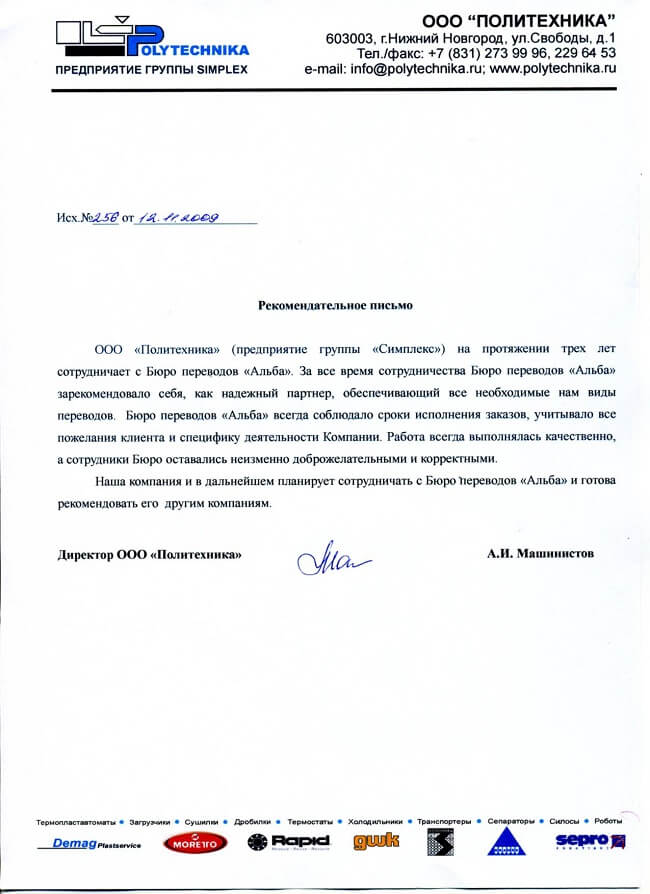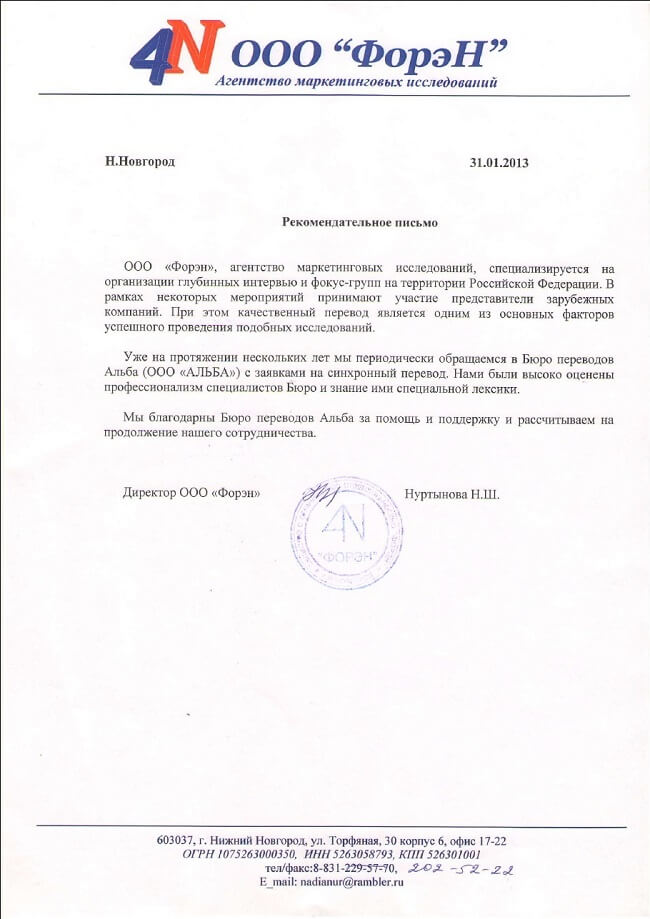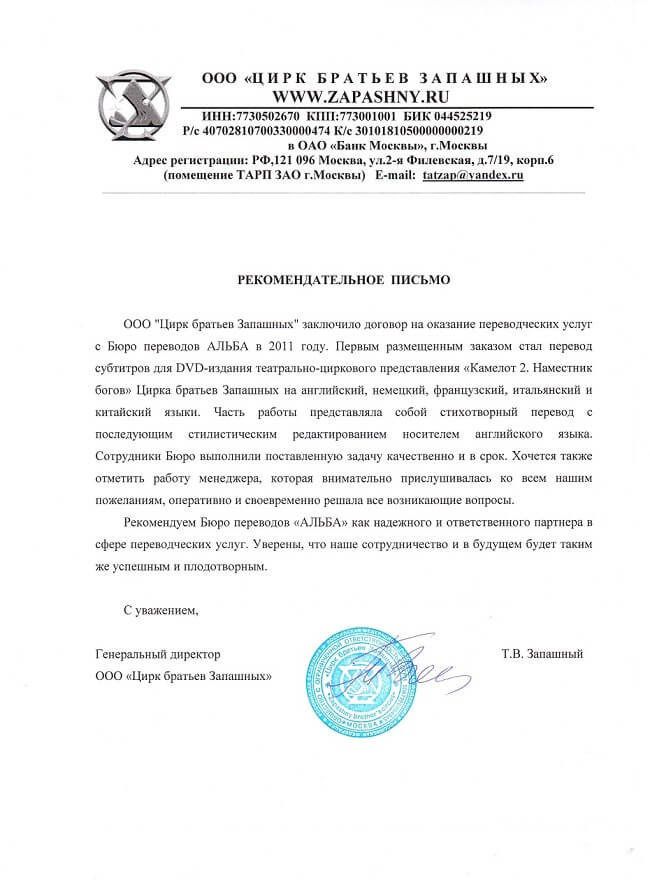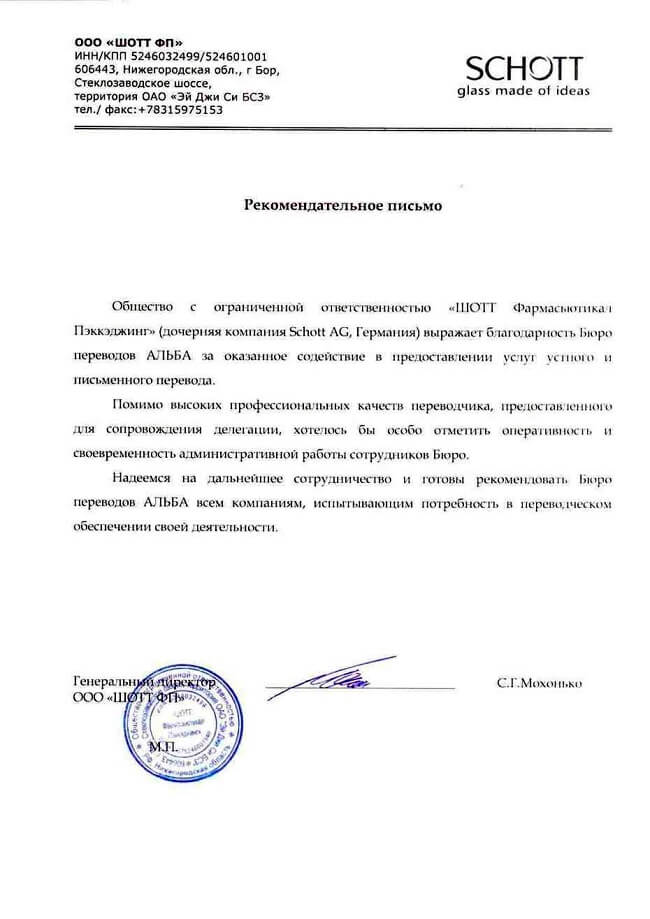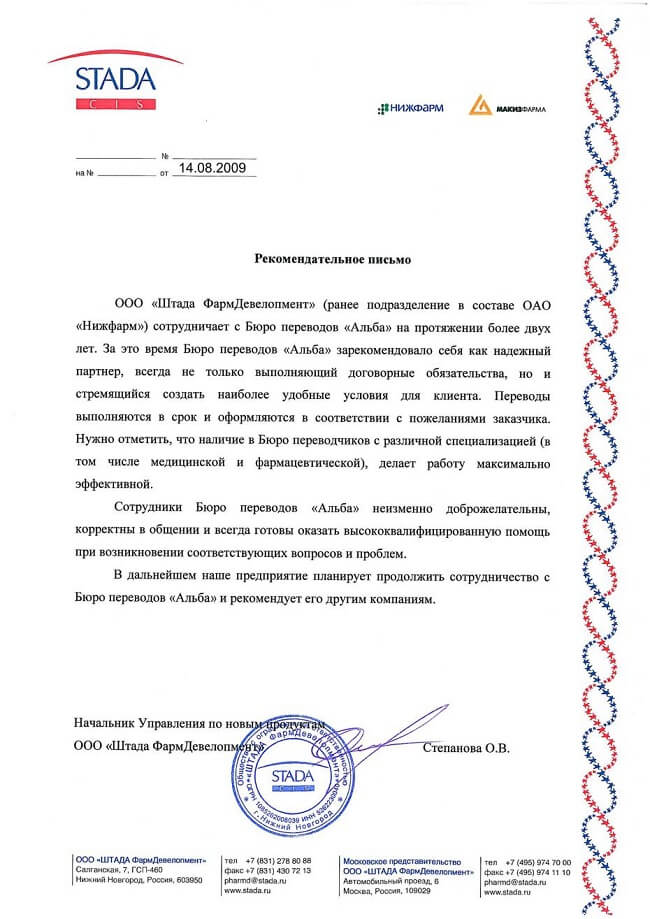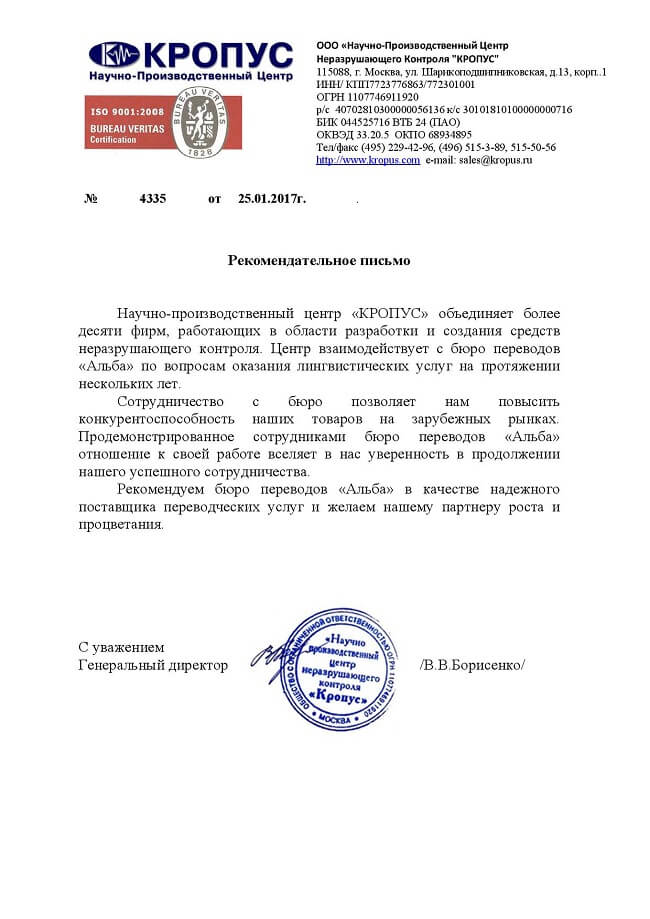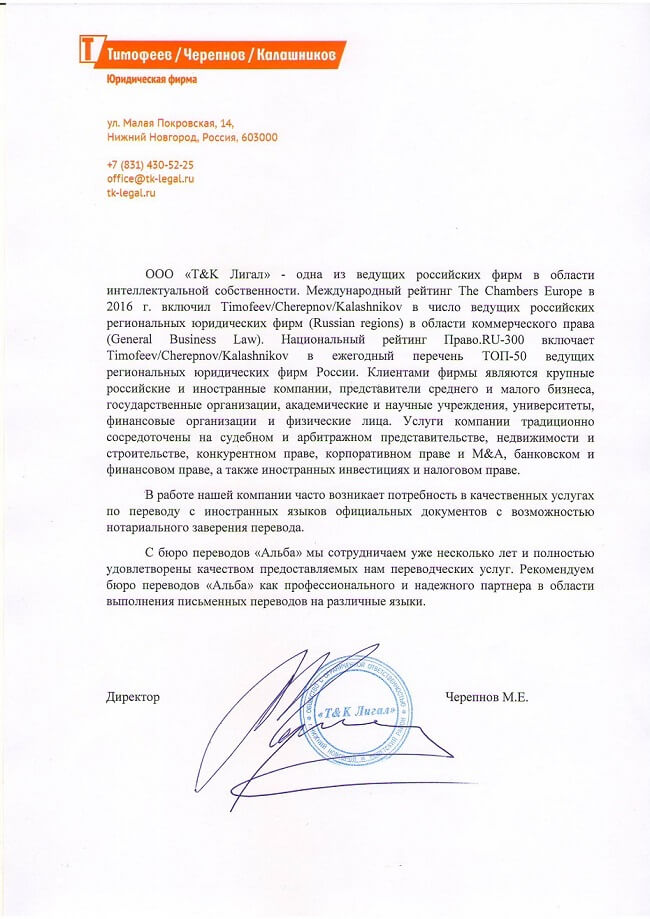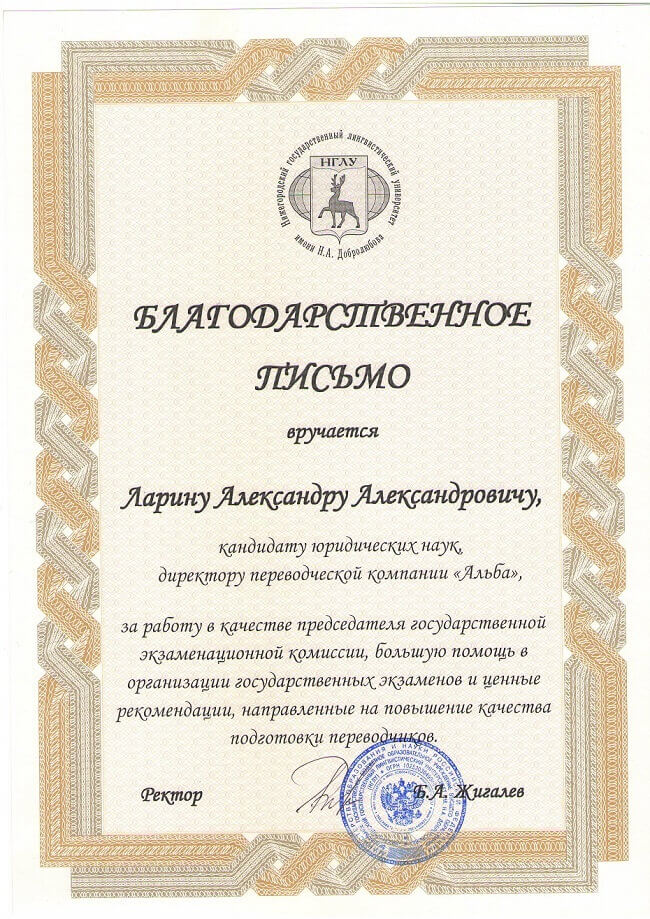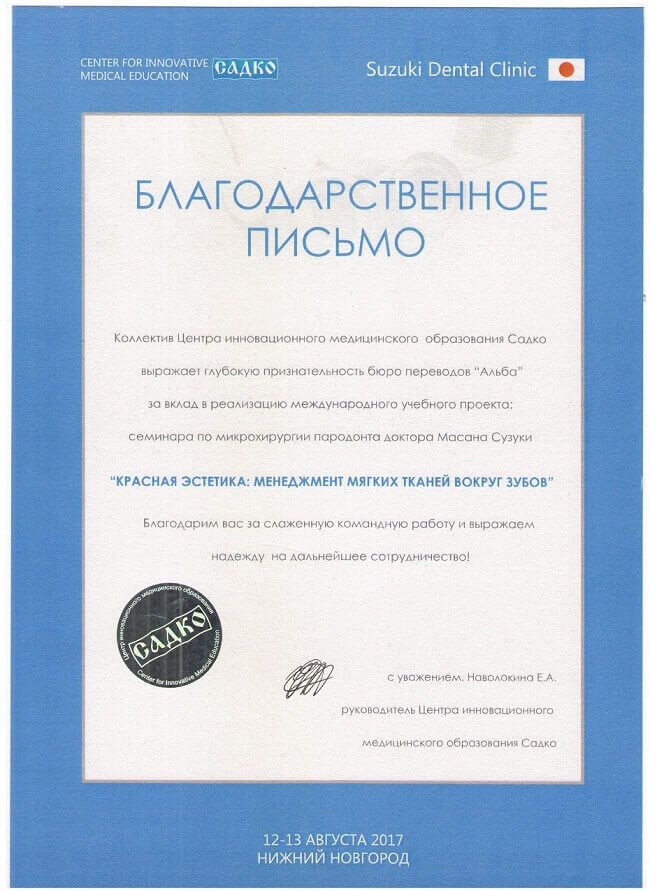Some Translation Methods, Strategies and Tactics for the Translation of Russian Occasional Derivatives into Languages with Different Language Structures
Чусуван Критсада — Аспирант, Нижегородский государственный лингвистический университет им. Н. А. Добролюбова, Нижний Новгород, Россия
An occasional derivative is author’s neologism created by a writer according to existing word-formation models and it is used exclusively in the special context as the lexical means of author’s expression or language game. The occasional derivatives usually do not get wide distribution and do not make a part of word-stock of a language [4]. Moreover, it should be taken into account that an occasional derivative as a kind of neologism which is formed by means of unusual methods of word-formation violates the language norms.
In modern Russian linguistics, the different methods for the formation of occasional derivatives have been established (see works of A. F. Zhuravleva, V. P. Izotova, R. Yu. Namitokova, T. V. Popova, I. S. Ulukhanov, N. A. Yanko-Trinitskaya, etc.). However, an attempt to analyze the usual and occasional methods of word formation in a comprehensive manner and to determine their role in the language has been made by I. S. Ulukhanov in his numerous works such as “Units of the word-formation system of the Russian language and their lexical implementation”, “Motivation in the word-formation system of the Russian language”. I. S. Ulukhanov classified occasional word-formation methods in relation to their usual correlates [6; 7]. Occasional derivatives can be formed by pure and mixed occasional or usual methods of word-formation. The pure occasional methods of word-formation are: 1) deprefixation (смысленно — from бессмысленно); 2) desuffixation (мизин — from мизинчик); 3) depostfixation (вламывать — from вламываться); 4) desubstantivation (насекомая жизненность — from насекомое); 5) decomposition (фин — from фининспектор) and so on. The mixed occasional methods, in the opinion of I. S. Ulukhanov, are combinations of usual methods, which are atypical for system of Russian language, such as: 1) syntactic compounding + substantivation (впередведущий); 2) syntactic compounding + suffixation (какнибудцы, немогузнайка); 3) prefixation + suffixation + composition (раззолотонебеть, околодомкиношные) and so on; or combinations of occasional methods such as 1) compostiton + syntactic compounding (таксебелиберальная, чертзнаетчемологом); 2) syntactic compounding + composition + apocope (самсебяиздат, нигдеиздат); 3) prefixation + composition + postfixation: (надомостроиться) and so on. However, it should be noted that some usual methods of word formation, such as prefixation, suffixation, etc., can allow us to form occasional derivatives.
Occasional derivatives do not and cannot have correspondences in the target language, due to the fact that occasional derivatives have such functions as belonging to special kind of speech, individual affiliation, and functional one-time use and, non-normativeness. In principle, the translator needs to replace them with derivatives or words that already exist in the target language, or invent his own corresponding occasional derivatives or words in the target language. In further case, the problem is not limited only to the nonequivalence of occasional derivatives. An important factor to be taken into account in their perception is the context. Sometimes only after reading the whole text, the translator can correctly understand the meaning of a term [3].
However, in this article the use of methods and tactics for translating Russian occasional derivatives at the lexical level and the context level is considered and the examples of translation into languages with different language structures, namely English and Thai, are demonstrated. The following process is assumed to translate Russian occasional derivatives at the lexical level:
1) Determination of an occasional derivative structure.
An occasional derivative can be formed by means of different methods of word-formation; therefore, an indication of each method before the formation of the derivative allows us to clearly see each separated basis, for example, нигдеиздат à нигде + издат + ь (method: syntactic compounding + composition + apocope); двухсполовиногодовальный à двух + с + половиной + годовальный (method: syntactic compounding + composition + suffixation); покойночиться à спокойной + ночи + -ить + ся (method: syntactic compounding + suffixation + postfixation);
2) Translation of each separated basis if possible.
Each separated word has its own meanings (lexico-semantic and grammatical) and some of them can be separately translated, for example: нигде + издать (издат + ь) can be translated into English and Thai — nowhere + issue and ไม่มีที่ไหน [mâj miː tʰîː nǎj] + ออกให้ [ʔɔ̀ːk hâj], respectively; двух + с + половиной + годовальный can be translated into English and Thai — two + with + half + annual and สอง [sɔ̌ːŋ] + กับอีก [kàp ʔìːk] + ครึ่ง [kʰrɯ̂ŋ] + ปี [piː], respectively; and покойной + ночи + -ить + ся can be translated into English and Thai — calm + night + -it (transliteration: ending for a verb in Russian) + xia (transliteration: postfix for reflexive verb in Russian) and เงียบสงบ [ŋîːap sà ŋòp] + กลางคืน [klaːŋ kʰɯːn] + -ชิท [tɕʰít] (transliteration: ending for a verb in Russian) + เซีย[siːa] (transliteration: postfix for reflexive verb in Russian), respectively;
3) Combination of translated separated parts and application of suitable translation method
For example, nowhere + issue = nowhere-issue (or nowhere-issued) and ไม่มีที่ไหน [mâj miː tʰîː nǎj ʔɔ̀ːk hâj] + ออก ให้ [mâj miː tʰîː nǎj ʔɔ̀ːk hâj] = ไม่มีที่ไหนออกให้ [mâj miː tʰîː nǎj ʔɔ̀ːk hâj], the combinations of translated separated words in English and Thai may correspond to the occasional derivative “нигдеиздат” in Russian. However, it should be noted that the translated derivatives in both languages are also occasional. In English between two words making a translated derivative a hyphen is used, whereas in Thai, which is an isolating language, the method of combination of two words without adding any consonant or any changes finds its implementation. This translation method is called the loan translation (semantic borrowing).
In many cases, the combination of translated separated parts is not enough for a successful translation in the target languages. A clear example can be seen when translating an occasional derivative «покойночиться»: the separated parts — rest + night + -it + xia and เงียบสงบ [ŋîːap sà ŋòp] + กลางคืน [klaːŋ kʰɯːn] + -ชิท [tɕʰít] + เซีย[siːa] do not allow us to successfully translate the given occasional derivative into English and Thai, therefore, a search for equivalent options is proposed. For a successful translation, however, it is necessary to consider the context consisting of the sentence and the use of this occasional derivative in the sentence, for example: Нет таких слов, которые ребенок не превратил бы в глаголы: ― Идем покойночиться с папой и мамой <…> Покойночиться, therefore, can be translated into English and Thai as ‘take a good rest at night’ and ไปนอนหลับฝันดียามคำคืน [paj nɔːn làp fǎn diː jaːm kʰam kʰɯːn], respectively.
Returning to the consideration of occasional word-formation methods, the determination of occasional derivative structure cannot be made when analyzing some occasional derivatives formed by pure methods such as deprefixation (вык from привык or отвык), etc. In this case, it is necessary to consider the context in order to identify original words before they have been transformed into occasional derivatives, for example:
In Russian: А ты, оказывается, невежа! — Нет, я вежа; Ну и несуразная! — Очень даже суразная! [8, c. 269].
Obviously, the context allows us to know that prefix не- was used in the original words before the process of new word-formation has taken place. In author’s opinion, despite the intention to reproduce the same deprefixation method of formation of occasional derivatives in English and Thai it hardly seems possible.
In English: And it seems you are a goop! — No, I’m not a goop; Well and absurd! — Not very absurd!
In Thai: และเธอ เหมือนจะโง่นะ [lɛ́ʔ tʰɤː mɯ̌ːan tɕàʔ ŋôː náʔ] — ไม่ ฉันไม่โง่ [mâj tɕʰǎn mâj ŋôː]; เออๆ และงั้นก็ขี้ขลาด [ʔɤː ʔɤː lɛ́ʔ ŋán kɔ̂ː kʰîːk lâːt] — ไม่ได้ขี้ขลาดเลยนะ [mâj dâj kʰîːk lâːt lɤːj náʔ].
As for the depostfixation method of formation of occasional derivatives, it is particularly characteristic to the Russian language. Unlike Russian, in English and Thai there is no such a way of forming occasional derivatives; therefore, the reproduction of the original derivatives in these languages is impossible, for example:
In Russian: Такой сон только Оле-Лукойе может приснить (from присниться); Никто меня так не улыбает (from улыбается), как артист Леонов (из письма в журнал «Юность»); Зачем ты меня расхохотала (from расхохоталась)?; Я хочу тебя поздоровать (from поздороваться) с Максимом! [6, c. 360].
In English: Only Ole-Lukoye can dream such a dream; Nobody makes me smile so much as the artist Leonov; Why did you make me burst out laughing ?; I want you to say hello to Maxim!
In Thai: มีแค่โอเลีย ลูโกเย่เท่านั้นแหล่ะที่จะฝันแบบนั้นได้ [miː kʰɛ̂ː ʔoː liːa luː koː jêʔ tʰâw nán lɛ̀ʔ tʰîː tɕàʔ fǎn bɛ̀ːp nán dâj]; ไม่เคยมีใครทำให้ฉันยิ้มแบบนั้นมาก่อนเหมือนอย่างเลโอนอฟเลย[mâj kʰɤːj miː kʰraj tʰam hâj tɕʰǎn jím bɛ̀ːp nán maː kɔ̀ːn mɯ̌ːan ʔà jâːŋ leː ʔoːn ʔòf lɤːj]; ทำไมเธอถึงทำให้ฉันระเบิดเสียงหัวเราะแบบนั้นได้ [tʰam maj tʰɤː tʰɯ̌ŋ tʰam hâj tɕʰǎn ráʔ bɤ̀ːt sǐːaŋ hǔːa rɔ́ʔ bɛ̀ːp nán dâj]; ฉันอยากให้เธอทักทายกับมักซิม[tɕʰǎn ʔà jâːk hâj tʰɤː tʰák tʰaːj kàp mák sim]
Most often, the postfix is used in synthetic languages which use agglutination to express syntactic relationships within a sentence [2], but only in some cases postfixes are used in Russian. In English, as in an analytical language, the use of such type of postfix as in Russian does not appear, and in Thai, as in an isolating language and postfixes that perform a function as in Russian are not used.
Further it should be noted that more appropriate translation strategies and tactics should be applied to the translation of occasional derivatives in the literary works and when the translation is carried out at the level of sentence or context. In this case, a frequently used strategy is a communicatively equivalent translation strategy — a program for translation activities that provides for the implementation of the communicative intention of the author of the original text in the form of creating text in the target language, potentially capable of providing a communicative effect on the recipient of the translated text in accordance with the expectations of the author of the original text and, accordingly, interaction multilingual communicants in conditions of joint substantive activity [5, c. 152]. In accordance with the previous description, in the translation of Russian occasional derivatives into languages with different language structures the translator must reproduce, if possible, the new most complete and accurate information (in this context, the meaning of occasional derivatives) in the target language. The translator can quite clearly realize that readers of target language differ from those of source language due to their belonging to a different national culture, and their perception is different from the perception of readers of source language. As a result, the special translation tactics are applied by the translator to provide the most successful translation [5, c. 154].
To my mind, among the translation tactics used to get a communicatively equivalent translation of a literary text, in which occasional derivatives are much more widely than in the texts of other styles, the following tactics may be used to render in English and Thai the original Russian occasional derivatives: 1) tactic of pragmatic adaptation; 2) tactic of reproduction of author’s individual style; 3) tactic of chronological adaptation. Examples of using these tactics as well as the methods for the translation of Russian occasional derivatives are shown in the following tables.
Table 1
|
Occasional derivatives |
Translation into English |
Translation into Thai |
Suitable translation tactics and methods |
|
1. «там ничего так, в общем, пацаны и двухэтажно все, и может оказаться, что я еще приеду до весны». (Полозкова 2015б, 68.) |
1.“There is nothing like that, guys and the two-storey house for everything, and it seems I will come before spring. " (Polozkova 2015b, 68.) |
1. โดยรวมแล้วที่นั่นไม่มีอะไรเลย พวกวัยรุ่น และ ที่พักสองชั้น สำหรับทุกสิ่ง และเป็นไปได้ว่าฉันจะไปถึงก่อนฤดูใบไม้ผลิจะมาถึง [doːj ruːam lɛ́ːw tʰîː nân mâj miː ʔàʔ raj lɤːj pʰûːak waj rûn lɛ́ʔ tʰîː pʰák sɔ̌ːŋ tɕʰán sǎm ràp tʰúk sìŋ lɛ́ʔ pen paj dâj wâː tɕʰǎn tɕàʔ paj tʰɯ̌ŋ kɔ̀ːn ríʔ duː baj máj pʰlìʔ tɕàʔ maː tʰɯ̌ŋ] |
1. Tactic of pragmatic adaptation. 2. Tactic of reproduction of individual author’s style (Thai) |
|
Addition of a possible lexeme (noun) — concretization |
|||
|
Ad., formed from the adjective двухэтажный ‘two-story’ with the suffix -o. (gram. occ.) || ДВУХЭТАЖНЫЙ ‘TWO-STOREY’ — "1. Two floors high. D. house. 2. trans. The same as a three-story (2 digits). D. example. Two-story swearing. " (Ozhegov 2013 s.v. two-story. |
|||
Двухэтажно is the occasional derivative in the Russian language, and for the translation into languages with different language structures, the translator encounters the difficulty to find suitable derivatives or words for replacement without violating the word structures. For this reason, an addition of a possible lexeme (noun) in order to recreate complete parts of speech is suggested and the tactic of reproduction of author’s individual style is applied to the translation into English and Thai.
Table 2
|
Occasional derivatives |
Translation into English |
Translation into Thai |
Suitable translation tactics and methods |
|
2. «Буду дружна, нежна, у тебя жена, детки, работа, мама, и экс-, и вице-, [---]» (Полозкова 2014, 192.) |
2. “I will be friendly, tender wife, kids, work, mom, and ex-, and vice-, [--] ”(Polozkova 2014, 192.) |
2. ฉันจะเป็นทั้ง ภรรยา เด็กดี ภาระงาน มารดา และ อดีต และแม้กระทั้งช้างเท้าหลัง [tɕʰǎn tɕàʔ pen tʰáŋ pʰan jaː dèk diː pʰaː ráʔ ŋaːn maːn daː lɛ́ʔ ʔà dìːt lɛ́ʔ mɛ́ː kràʔ tʰáŋ tɕʰáːŋ tʰáːw lǎŋ] |
1. Tactic of pragmatic adaptation (Thai and English). 2. Tactic of reproduction of individual author’s style (Thai) |
|
literal translation, replacement of prefixoids with the corresponding prefixes and parts of speech |
|||
|
Noun; the use of a prefixoid as an independent word. || ВИЦЕ ‘VICE-’ (from lat. Vice ‘instead of”) — “The first part of a compound word that has meaning. Заместитель ‘Deputy’, Помощник ‘Assistant’ (for the position that is called the second part of the compound word), e.g. вице-президент ‘vice president’, вице-губернатор ‘vice governor’, вице-директор ‘vice director’, etc.” (Ushakov 2008 s.v. vice). Similarly, the poem uses the экс- ‘ex-’ prefixoid. || ЭКС- (lat. Ex — ‘of’) — is “the prefix in the words which denotes dignity, rank, position, meaning: former, retired, dismissed (official), e.g. экс-президент ‘ex-president’, экс-министр ‘ex-minister’, экс-директор ‘ex-director’, экс-королева ‘ex-queen”(Ushakov 2008 s.v. ex). |
|||
The prefixoids экс- and вице- have meanings which are similar to those of prefixes ex- and vice- in English, which perform a similar function. An exception has been identified in the Thai language that the corresponding parts of speech are adjective อดีต [ʔà dìːt] and noun ช้างเท้าหลัง [tɕʰáːŋ tʰáːw lǎŋ] which is transitional from phraseology. However, it is important to note that the vice can be translated as the adjective รอง — [rɔːŋ], but this adjective does not achieve the complete communicative function. Thus, the tactic of reproduction of author’s individual style is applied to the translation into Thai.
Table 3
|
Occasional derivatives |
Translation into English |
Translation into Thai |
Suitable translation tactics and methods |
|
3. «Добрый гетер, злобный гом Спасены один в другом. По субботам гетер гома Кормит вкусным пирогом. Гом же гетера считает Ретроградом и врагом». (Полозкова 2015а, 60.) |
3. “Good heterosexual, evil homosexual. saved one by one. Every Saturday homosexual feeds homosexual a delicious pie. Homosexual considers heterosxual as a conservative person and enemy. " (Polozkova 2015a, 60.) |
3. ผู้ที่เพศสภาพปกติที่เป็นคนดี กับแอลจีบีที (LGBT) ที่เป็นคนเลว ต่างฝ่ายต่างช่วยซึ่งกันและกัน ทุกๆเสาร์ ผู้ที่เพศสภาพปกติให้พายอร่อยๆให้แอลจีบีที (LGBT) ทาน กระนั้น แอลจีบีที (LGBT) ยังถือว่าผู้ที่เพศสภาพปกตินั้นเป็นคนหัวโบราณ และเป็นศัตรู [pʰûː tʰîː pʰeː sòt pʰâːp pòk tìʔ tʰîː pen kʰon diː kàp ʔɛːn tɕiː biː tʰiː tʰîː pen kʰon leːwtàːŋ fàːj tàːŋ tɕʰûaj sɯ̂ŋ kan lɛ́ʔ kantʰúk tʰúk sǎw pʰûː tʰîː pʰeː sòt pʰâːp pòk tìʔ hâj pʰaː jɔː rɔ̂ːj rɔ̂ːj hâj ʔɛːn tɕiː biː tʰiː tʰaːn kràʔ nán ʔɛːn tɕiː biː tʰiː jaŋ tʰɯ̌ː wâː pʰûː tʰîː pʰeː sòt pʰâːp pòk tìʔ nán pen kʰon hǔːa boː raːn lɛ́ʔ pen sàt ruː] [แอลจีบีที (LGBT) — คำย่อที่ให้หมายถึงกลุ่ม โฮโมเซกชวล (เลสเบียน เกย์) ไบเซกชวล บุคคลข้ามเพศ] [ʔɛːn tɕiː biː tʰiː kʰam jɔ̂ː tʰîː hâj mǎːj tʰɯ̌ŋ klùm hoː moː sêːk tɕʰuːan lêːt biːan keː baj sêːk tɕʰuːan bùk kʰon kʰâːm pʰêːt] |
1. Tactic of pragmatic adaptation. 2. Tactic of chronological adaptation |
|
Literal translation Using a more modern term in a translated phrase and extension of the concept of the term |
|||
|
Noun; apocope + substantivation: using the first component of complex words гетеро- ‘hetero‑’ as an independent noun. HETERO- (gr. Heteros ‘other’) — “first component of complex words, meaning ‘another’, e.g. гетерогамия, гетеронимия”(Krysin 1998 s.v. hetero). || In the context heterosexual is a person who is sexually attracted to the opposite sex. Similarly, a component of ГОМО- ‘HOMO‑’ is used in the poem. || HOMO- (gr. Homos ‘equal’) —“the first component of complex words, meaning ‘equal’, ‘identical’ (corresponds to Russian одно ‘one’), for example гомогенный ‘homogeneous’, гомогамия ‘homogamy’ ” (Krysin 1998 s.v. homo). || In the context of a poem, a ГОМ is a person who is sexually attracted to people of his gender. |
|||
In the phrases translated into Thai there is an attempt to replace the more modern term LGBT — is an initialism that stands for lesbian, gay, bisexual, and transgender. The term is an adaptation of the initialism LGBT, which was used to replace the term gay in reference to the LGBT community beginning in the mid-to-late 1980s [1]. This modern term แอลจีบีที [ʔɛːn tɕiː biː tʰiː] LGBT is widely used in Thailand and it is more euphonious. Therefore, the tactic of chronological adaptation is applied to the translation into Thai. However, it should be remarked that the new term proposed by us expands groups of people with gender differentiation not only for homosexuality, but also for other similar stereotypes, such as bisexual, and transgender.
From the above analysis of examples in the tables, it is obvious that different tactics are required for the translation of different phrases which have occasional derivatives, but the tactic of pragmatic adaptation is used in all our translation examples. The translation operations or methods carried out within the framework of the tactic of pragmatic adaptation, according to V. N. Komissarov, include: 1) the explication of implied information through additions in the text or notes to the text; 2) omission of communicatively irrelevant information that makes it difficult for the recipient to understand the translated text; 3) replacement of lexical units unknown or incomprehensible to the recipient with the known ones; 4) generalization; 5) concretization.
In addition to the strategy of communicatively-equivalent translation, there are two more strategies: 1) the strategy of tertiary translation — a program for the implementation of translation activities aimed at creating a translation text that meets the needs of a native speaker of a translating language, which plays a different communicative role than participants in the primary communicative event in the culture of the source language, and pursues a purpose different from that of the author of the source text; 2) redirection strategy — a general program of translation activities aimed at creating a text in a target language intended for the recipient, which differs from the recipient of the source text not only in its national-cultural belonging, but also in social characteristics [5, c. 282]. However, when translating Russian occasional derivatives into languages with different language structures, these two translation strategies, in our opinion, can be used indirectly at a level higher than the sentence, i.e., when the purpose of the translated text, in which there are occasional derivatives, does not match the goal of the author of the original text and when a translator translates the source text differently for the reader-mother tongue of target language with different social characteristics. For example, text, which contains occasional derivatives, can be translated into Thai and English with the use of dialect or special spoken language for children.
Summing up the results of the conducted analysis, the following conclusions can be drawn. The translation of Russian occasional derivatives into languages with different language structures is most often carried out at the lexical level by means of loan translation, in the process of which the motivating basis and word-formation formants (suffix, prefix, postfix,) are identified and the word-formation methods and models are analyzed. Three steps for this translation method are proposed, such as 1) Determination of occasional derivative structure; 2) Translation of each separated basis, if possible; 3) Combination of translated separated parts and application of suitable translation method. However, at the sentence and context levels, the use of possible translation strategies, tactics, and methods (operations) is proposed. Since Russian occasional derivatives are counted as element of author's individual style, communicatively equivalent translation strategy and the relevant tactics for this kind of strategy are set in the first place. The tactic of pragmatic adaptation with it specific translation operations or methods is the most frequently used tactic for the translation of Russian occasional derivatives into languages with different language structures.
References
1. Acronyms, Initialisms & Abbreviations Dictionary. Vol. 1. Part 1. Gale Research Co., 1985. Factsheet five, Issues 32–36, Mike Gunderloy, 1989.
2. Language Files. 12 ed. / H. C. Dawson, M. Phelan. Columbus: Ohio State University, 2016. P. 172–175.
3. Земская Е. А. Активные процессы современного словопроизводства // Русский язык конца XX столетия (1985–1995). М., 2000. C. 23.
4. Розенталь Д. Э., Теленкова М. А. Словарь-справочник лингвистических терминов: Пособие для учителей. Изд. 2-е, испр. и доп. М.: Просвещение, 1976. 543 с.
5. Сдобников В. В. Перевод и коммуникативная ситуация: Монография. 3-е изд., стер. М.: Флинта: Наука, 2016. 464 с.
6. Улуханов И. С. Единицы словообразовательной системы русского языка и их лексическая реализация. М., 1996.
7. Улуханов И. С. Мотивация в словообразовательной системе русского языка. Изд. 2-е, испр. и доп. М: Книжный дом «Либроком», 2010. 320 с.
8. Цейтлин С. Н. Очерки по словообразованию и формообразованию в детской речи. М.: Знак, 2009. 360 с.














